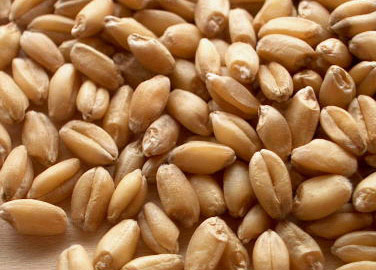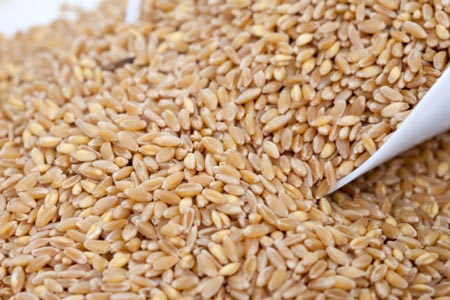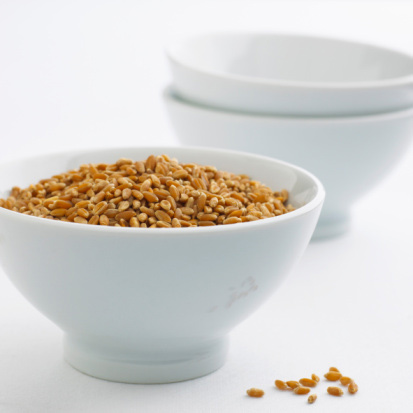
Ranked next to maize in terms of consumption, wheat has been playing an important role in leveraging the agrarian scenario of India. The annual production of wheat in India stands at 65-75 million tonnes, thereby making India its second largest producer in the world after China. People in India consume 70-72 million tonnes of wheat on an average. In India, it is commonly known as 'atta' and is eaten mostly in the form of rotis, chapatis, etc. There are about 200 flour mills operating in India having a capacity to produce about 15 million tons of wheat.
Wheat is defined as a cultivated grass which is grown primarily for its nutritional grains. It grows anywhere between 2 and 4 feet. The scientific name of wheat is ‘Gramineae’ and belongs to the genus 'Triticum'. There are a wide variety of wheat that can grow in different climatic conditions, whether it's cold, hot or dry. It is an annual crop that grows once a year, and thus, at the end of each year, the fields must be plowed and prepared to enable the grass to grow. It can be planted to some extent as a forage crop for the livestock, whereas the straw of the wheat can be used to make roof thatching or as fodder for animals.
Types of Wheat:
A wide variety of wheat is grown in today's times. However, the three principal types of wheat that are produced in India comprise of:
- Hard Red Winter Wheat: It produces good quality flour used primarily in making bread, burgers, biscuits, etc. It has a high protein content of 10-14%, because of which it has a high amount of gluten in it
- Soft Wheat: Products like cakes, doughnuts, cookies, pastries, etc. are best made with soft wheat as it does not require the same amount of leavening as yeast bread. It contains about 6-10% protein in it
- Durum: Durum has a very hard texture and has a high protein and gluten content in it. It contains semolina, a course, golden amber product, which, when mixed with water, forms a dough. It's this dough that is largely used in making pasta products like noodles, spaghetti, etc.
- White Wheat: It has a soft texture and is used in making cereals, cakes, biscuits, etc.
Process of Wheat Milling
Wheat should be processed before it can be consumed in the form of a food product, since the insects and germs present it can cause serious health repercussions. Following is a detailed description of how the wheat is processed in a flour mill:
-
The first step in this process is the cleaning of wheat which is done using specially designed machines in which the impurities like straws, weeds, etc. are removed
-
The kernel of the wheat grain is moisturized in a process known as tempering which makes the bran coat tough, thereby enabling it to separate from the endosperm in a complete manner
-
The wheat that has been tempered is then sent for grinding, where the kernel is passed through a series of rollers to help it crack and ground. After is has passed through each set of rollers, the wheat is sifted to separate the fine flour particle from the endosperm particles and bran
-
The wheat flour is bleached and the Vitamin B elements like thiamine, riboflavin, niacin, etc. as well as iron, are added to it before it is packed to be sold to the consumers.
Health Benefits Associated with Wheat
Wheat bring with itself loads of health benefits that can be discussed as follows:-
Bread, which is made of wheat flour, is extremely nourishing and gives strength and vitality to people with high appetite.
-
It also helps in curing nose bleeding when wheat, dissolved in milk and sugar, is consumed by the victim.
-
It is a rich source of Vitamin B and basic amino acids, including arginine and lysine
-
Wheat also helps in curing constipation and is beneficial for people suffering from cancer.
-
The whole grain in wheat helps in preventing diabetes as it influences the insulin level through maintaining the body weight.










